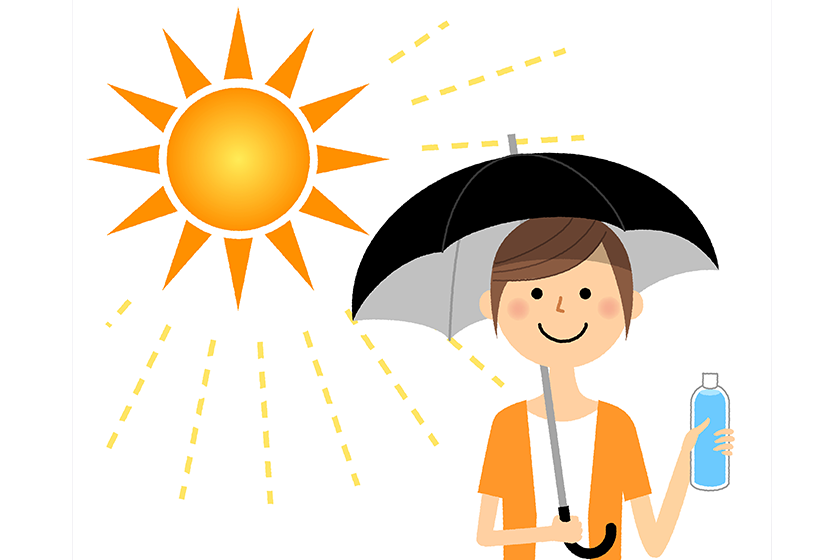As we age, our skin changes and can become more vulnerable to skin cancer. This concerns seniors, especially those enjoying their time in retirement communities where outdoor activities are popular. Understanding the risks of skin cancer is the first step in prevention. It’s not just about avoiding the sun; it’s about making smart choices to protect your skin daily. In senior communities, team members help residents understand the risks of skin cancer in seniors and provide support to follow preventive measures. By working together, residents can enjoy the outdoors while protecting their health.
Rule 1: Prioritizing Regular Skin Check-Ups
One of the most important rules for seniors to prevent skin cancer is to get regular skin check-ups. These checks can find early signs of skin cancer, which is important because skin cancer is often easier to treat when caught early. Retirement communities can help by arranging dermatologist visits or by helping residents schedule check-ups.
Regular skin exams by a doctor and self-exams are key parts of these check-ups. Team members can teach residents how to look for changes in their skin and what signs to watch for. This way, seniors can take charge of their skin health.
Rule 2: Adopting a Sun-safe Routine
Another rule for seniors to follow is adopting a sun-safe routine. This means staying out of the sun during peak hours, seeking shade, and being mindful of how long you’re outside. In retirement communities, activities can be planned for earlier or later in the day to help residents avoid the strongest sun rays.
A sun-safe routine also includes using sunscreen daily, even when it’s cloudy. Team members can remind residents to apply sunscreen before going outside and to reapply it every two hours or more often if swimming or sweating.
Rule 3: Choosing the Right Sun Protection Gear
The third rule for seniors to prevent skin cancer is to choose the right sun protection gear. This includes hats with wide brims, sunglasses that block UV rays, and clothing that covers the skin. In retirement communities, these items can be made easily available for residents.
Senior Living Professionals can also educate residents on the importance of sun protection gear and how to choose the best options. They can even organize fashion shows or shopping trips to make finding sun-safe gear fun and social. By dressing smart, seniors can protect their skin and enjoy the sun safely.
Rule 4: Avoiding Peak Sun Exposure Times
To protect their skin, avoiding the sun during peak hours is essential for seniors. The sun is at its strongest, stereotypically between 10 a.m. and 4 p.m. During these times, seniors should stay indoors or in the shade. Retirement communities are aware of this and often schedule outdoor activities for earlier in the morning or later in the afternoon to ensure residents can enjoy the fresh air without the harmful effects of the sun.
Educating residents about the timing and dangers of UV radiation is a part of the community’s commitment to their well-being. By adjusting their schedules, seniors can still participate in their favorite activities without compromising their skin health.
Rule 5: Embracing Sunscreen as a Daily Habit
Using sunscreen should be a daily habit for seniors, not just something they think about when going to the beach. When seniors are outside during the day, they should apply sunscreen to all exposed skin. Sunscreen with at least SPF 30 is recommended, and it should be broad-spectrum, protecting against both UVA and UVB rays.
Retirement communities can help by providing sunscreen and reminding residents to use it. Team members can demonstrate how to apply it and remind everyone before outdoor activities. Making sunscreen a regular daily routine can significantly reduce the risk of skin cancer.







